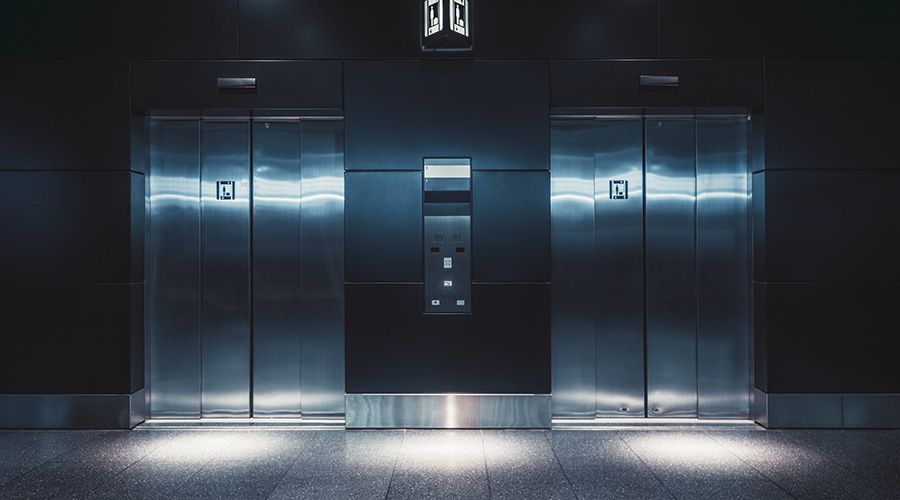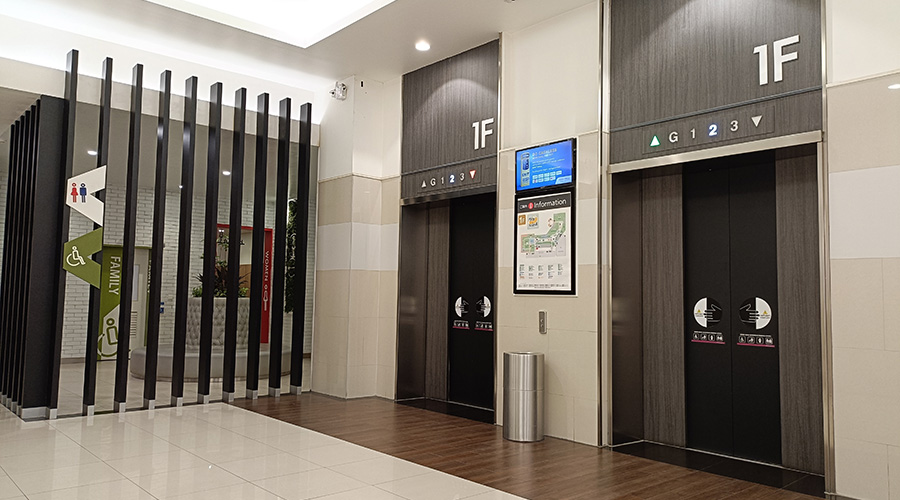Elevator Operation and Fires: Phase I and Phase II
Elevator use is governed by the American Society of Mechanical Engineers (ASME) A17 life safety code for elevators and escalators. Under ASME standards, once a fire has been detected, elevators operate under either Phase I or Phase II regulations.
Phase I:
Under Phase I operation, elevators that are 25 feet or more above the main floor return either to a designated landing area or an alternate area. Phase I operation is activated either manually by a special key, or automatically by a fire alarm initiating device. A sensor could detect smoke in the hoistway, lobby or machine room, for example, and trigger Phase I. The goal is to remove the elevators from service so that building occupants do not use elevators during a fire and become trapped.
Phase II:
Phase II operation is an override meant for firefighters after Phase I has been activated. Under Phase II operation, firefighters can use a keyswitch to operate the elevator, provided the hoistway is clear of smoke and the elevator has electricity.
Related Topics:














